Timor-Leste Cuisine (East Timor Cuisine) offers a culinary experience that’s rooted in simplicity, with staple ingredients like rice, corn, and seafood dominating the menu.
And while it might not be the most excitant the world, there is definitely worse out there.
Dili Street Food: Modest but True to Its Roots
Street food in Dili isn’t as abundant as in other Southeast Asian capitals, but what’s there is hearty and straightforward. Popular dishes include Ikan Sabuko, grilled mackerel served with rice and sambal, and small treats like pastéis de nata (custard tarts), reflecting a modest Portuguese influence.
While it lacks the culinary vibrancy of neighboring countries, Dili’s street food scene caters to local needs more than to tourists. Simple rice and noodle dishes make up the bulk of offerings, providing quick and functional meals rather than adventurous flavors.
Although with that being said, the many beachside BBQ options are about as authentic as it gets if you are looking for a local style night out.
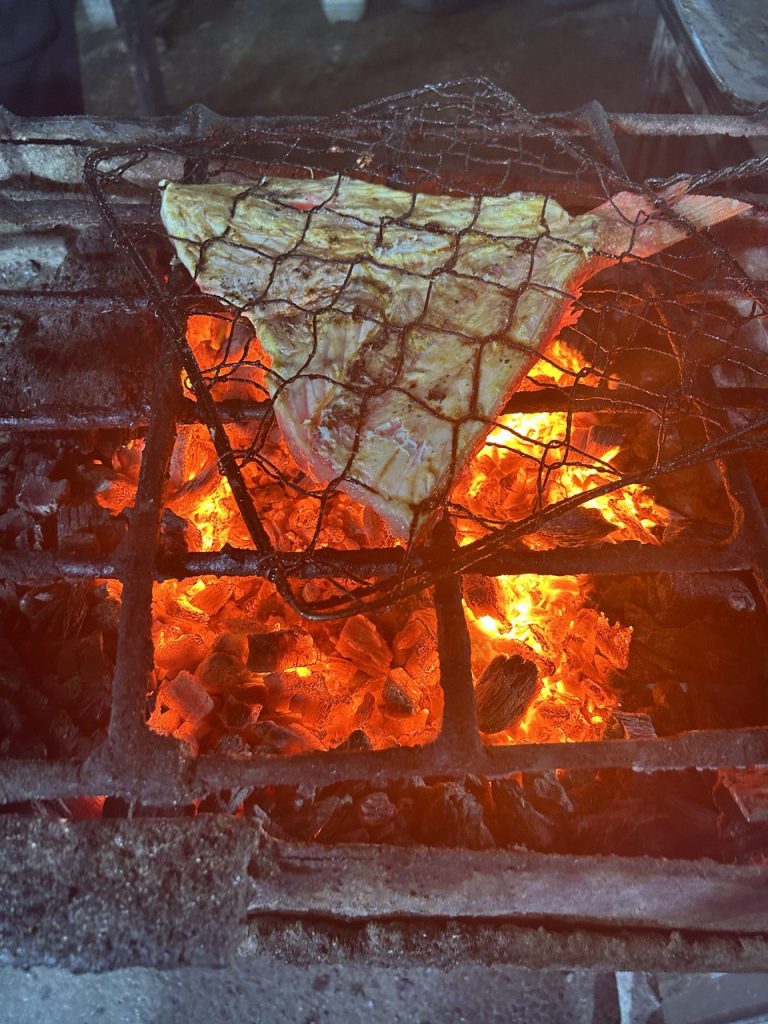
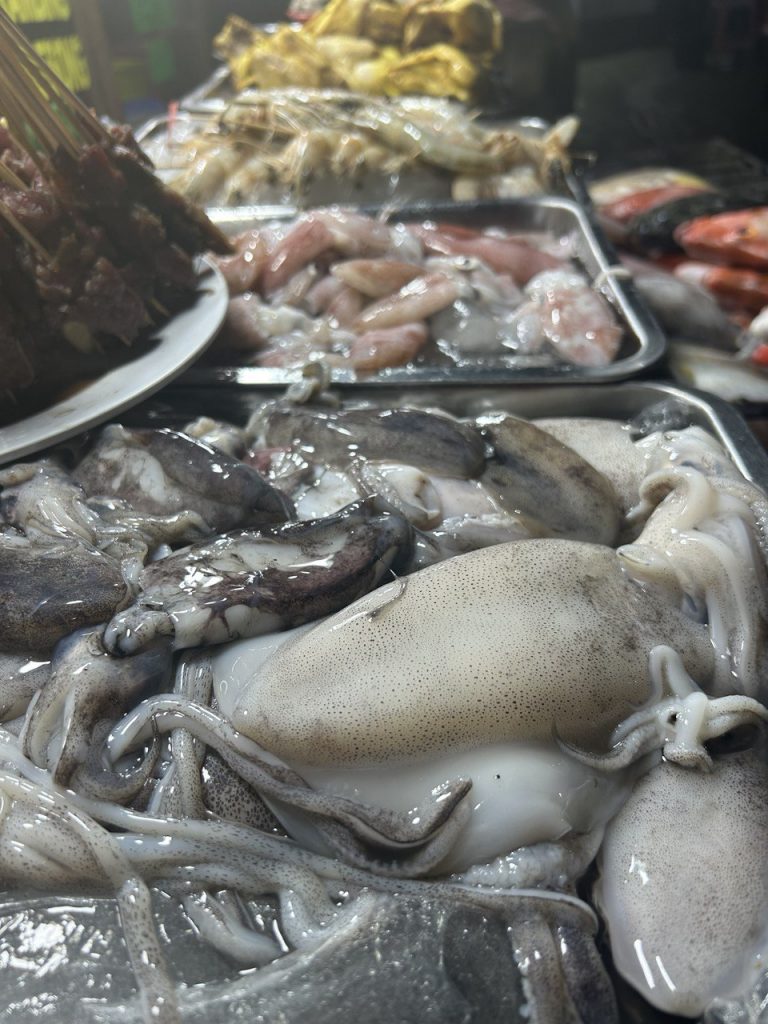
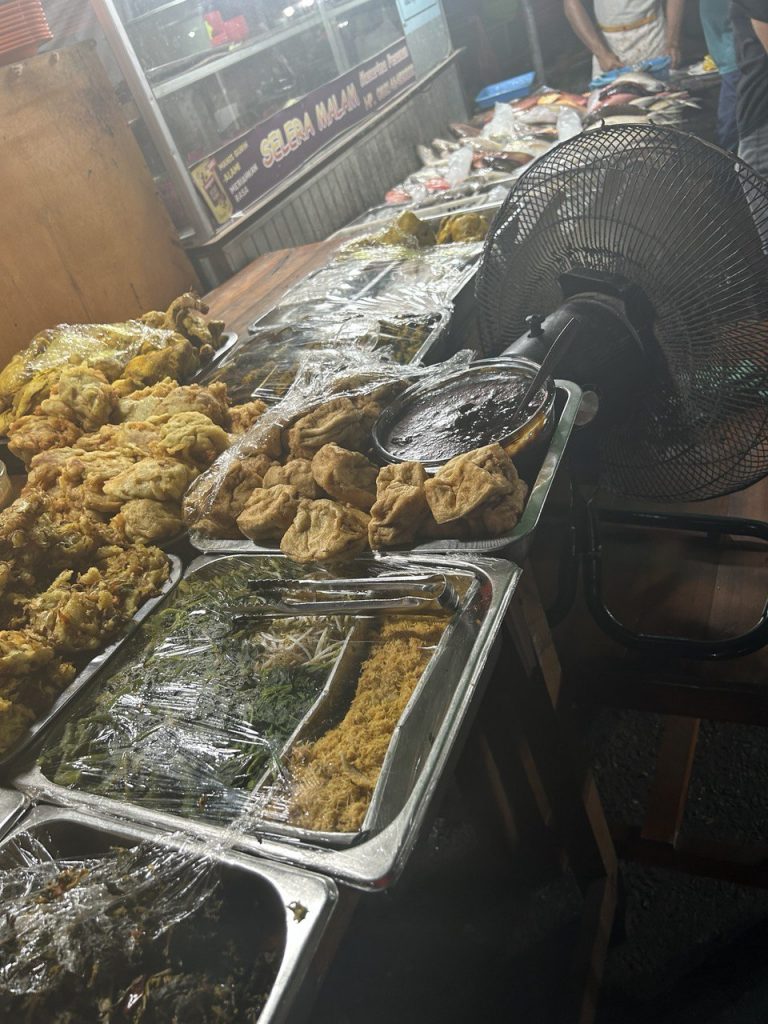
Food in Baucau: Even More Stripped Down
Baucau, East Timor’s second-largest city, offers an even more stripped-down version of the national cuisine. Expect dishes like katupa, rice cooked in coconut milk and wrapped in palm leaves, and batar daan, a stew made from corn, beans, and pumpkin. While these dishes won’t overwhelm your palate with complex flavors, they are solid, hearty meals that fill you up.
Baucau still though marks one of the highlights of a trip to Timor-Leste, with the home cooked meal at the homestay being worth the drive itself.
Cosine of Timor-Leste – What to drink
One of the highlights of Timor-Leste’s culinary culture is its coffee. Locally grown and brewed, Timor coffee is known for its rich, earthy flavor. If you’re more into spirits, try arak, a strong local alcohol distilled from palm sap, but be cautious as its quality can vary wildly depending on where you get it.
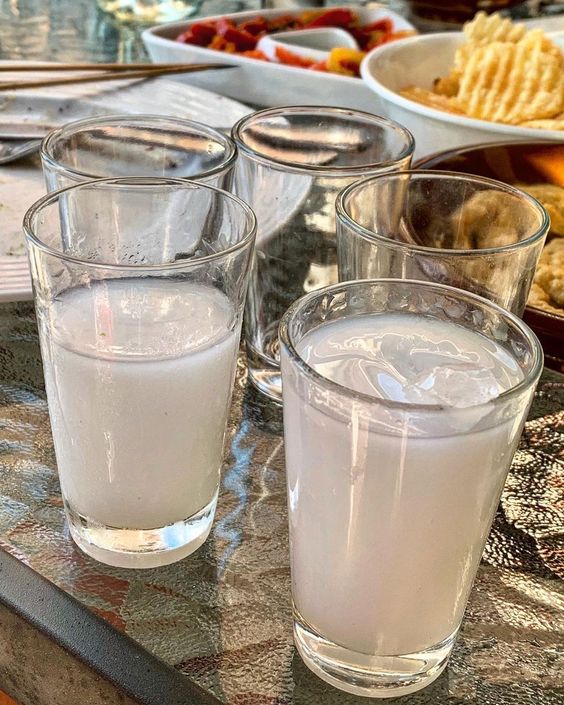
For something non-alcoholic, you can sip on ai-manas, a local herbal tea made from lemongrass and ginger, often enjoyed after meals.
But what if you are all about the booze? Beer wise most of the imported stiff is from Indonesia, with there also being a local moonshine that I got to try in Oecusse. Dili also has a decent range of bars doing good cocktails, although they are far from cheap.
And of course there is Atauro Island where one can easily find a rum, or three.
The Portuguese Influence: Lingering but Limited
As a former Portuguese colony, you’ll find remnants of European culinary traditions throughout the country. However, dishes like feijoada (a pork and bean stew) or bacalhau (salted cod) are rare finds, and the influence is more present in occasional European-style bakeries than in everyday meals.
East Timor Cuisine vs West Timor Cuisine
For the uninitiated East Timor was the bit owned by the Portuguese while West Timor was owned by the Dutch. Essentially the same people it was another arbitrary colonial border.
Food wise this means that Timor cuisine is largely uniform, al though in the west it has been heavily dominated by (bad) Indonesian food. One though can at least have a decent night out on the street food of Kupang.
Still one can get good seafood either side of the border, including in the exclave/enclave of Oeucuse
To read about Enclaves and Exclaves click here
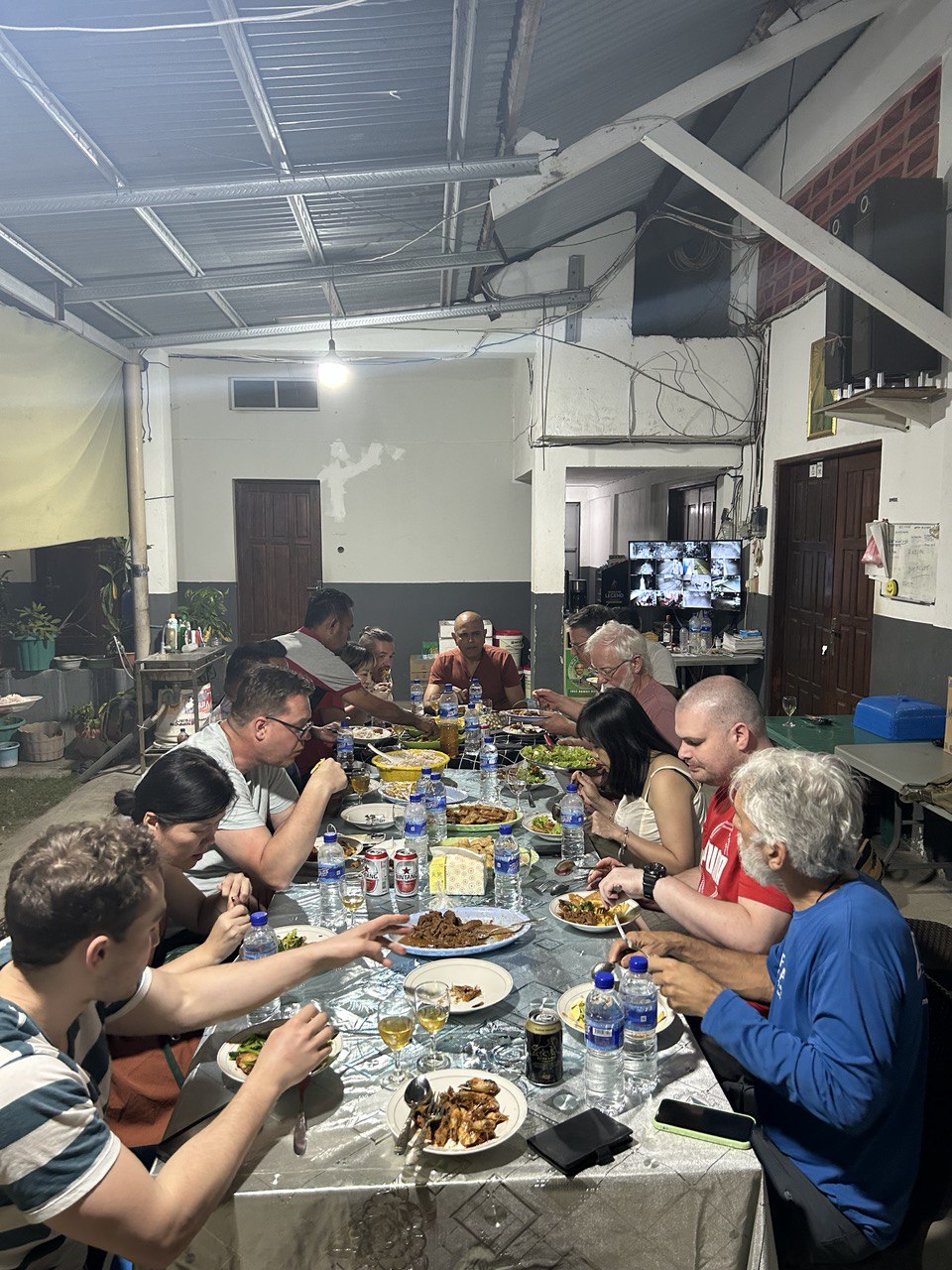
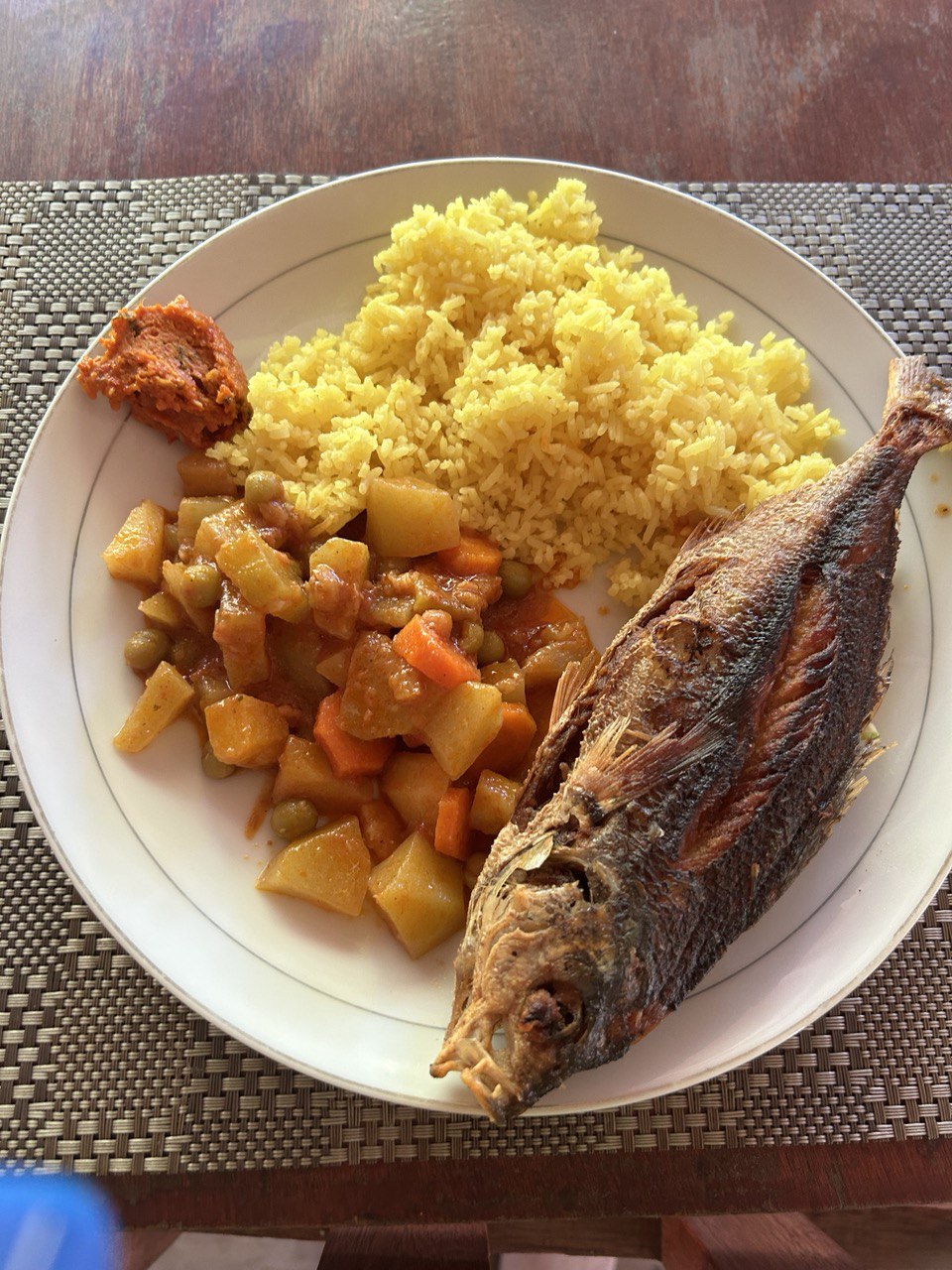
Conclusion: A Cuisine Defined by Simplicity
Timor-Leste cuisine is defined by its simplicity, offering meals that reflect the country’s modest resources. You won’t find gourmet dishes or a vast array of options, but there’s something to be said for the unpretentious nature of the food. It’s a cuisine rooted in local tradition and practicality, more focused on nourishment than luxury.
If you would like to try Timor-Leste Cuisine then check out upcoming tours.





